The Truth Behind Latin’s Enrollment Expansion

November 16, 2019
Most perceive Latin as a small school; its tight-knit community and small class sizes are a part of its identity. But when the class of 2020 entered the upper school in the fall of 2016, it started to seem as though Latin’s environment might be changing. With 127 students, the now-seniors marked the largest class size in school history, entering with a strong, loud, and capacious presence. Two years later, the class of 2022 surpassed the class of 2020 with 135 students and arrived in a similar manner. Was this increase in student population merely a case of over-accepting? Or did the years of 2016 and 2018 signify the beginning of a “bigger Latin?”
Much of Latin’s enrollment is determined by the admissions round in one particular year. “Our yield, which is the percentage of students who accept our admissions offer, reached an all-time high of 83% for the class of 2022,” said Director of Enrollment Management Mr. Copestake. “Typically, we aim for a class size of about 125,” he noted.
But the size of the upper school never seems to remain completely static. “We always lose a few students from the rising eighth grade as well as throughout the upper school,” said Ms. Salzman, Associate Director of Enrollment Management and Financial Aid. The class of 2020, in their final year at Latin, has decreased to 120 students due to boarding school and family relocations.
As a private education becomes increasingly more desirable, the field of qualified applicants widens, yet the amount of independent schools does not. “We are able to enroll the most students out of our school, given our size,” noted Salzman. The increase in enrollment has also caused a more balanced new-to-returning student ratio. “It is much easier to assimilate with 50 other students into a class of 70,” added Mr. Copestake.
Mr. Copestake also explained that Latin awards over $4 million in financial aid every year. This enables students who may otherwise be unable to experience a Latin education the opportunity to do so. Nonetheless, some students’ skepticism lingers. “While I am not always affected by having a larger grade, I question the school’s motive. Accepting ten more kids doesn’t seem like a lot, but it amounts to about $350,000 per year in tuition, and I can’t help but think that this might have something to do with it. There is very little transparency in where money is being spent,” said a student who wishes to remain anonymous.
The current sophomores entered the upper school with a brand-new locker bay, cafeteria, study space, and bridge. Despite the numerous renovations, the building itself did not expand, resulting in noticeably longer lunch lines, more crowded community spaces, and escalating noise levels. It is a rarity for a clubs’ block to pass without reminders from Ms. Metzler, Mr. Apo, or Mr. Joyce for students to whisper.
An evolving student population size could also call for a change in safety procedures. “The Wrigley theatre seems to be overflowing more and more each year. It almost seems like a fire hazard, which can’t be safe,” said Madelyn Hill ‘20.
Director of Operations Ms. King assures students and faculty that safety will not be sacrificed. “As a school located in a highly populated urban environment, space has and will continue to be one of the most valuable and constrained resources,” said King. But with a building as sizeable as Latin, it is always possible to better utilize space. “Though I have only been on staff for a few months, it is very evident to me that the continuous improvement and evolution of space is a critical part of our strategic plan,” she explained.
Some upperclassmen sympathize with the larger classes. “I understood where [the class of 2022] was coming from. As freshmen, all we really had was a hallway. So, with the space we were given, I never thought I was occupying too much of it,” said Jordan Rice ’20.
With nearly 500 students in the buildings, this growth affects more than merely the biggest grades. “I did find it frustrating last year whenever I walked by the third-floor locker bay,” said Hill. “It’s exciting to welcome more students each year, but I don’t know if we have taken the necessary steps to accommodate them.”
So, what exactly is our admissions office doing to address this influx of ninth graders? The process extends far beyond the mailing of acceptance letters. “Lots of tracking goes into our process. We want to be more accurate in estimating our yield. This past year, we ended up with a class size of 127, which is much closer to our goal,” said Copestake. Dean of 11th and 12th Grade Students Mr. Edwards added, “while we know that with this increase, students’ experiences may be shifting, we still make it a priority to bring our community together as much as possible.”
Looking toward the future, the yield is difficult to predict; factors such as CPS strikes could heavily influence the number of students seeking a spot at Latin. “Going forward, we rely on a good waitlist to ensure that we are sticking as closely as possible to that 125 range and not over-enrolling,” said Salzman.
The hallways may feel different than they did decades ago, but with a school as equipped as Latin, the school’s ideology remains, for the most part, intact. It will likely take far more than two years of data to assess the evolution of Latin’s magnitude, but for now, the administration and admissions office strive to preserve what is at Latin’s core: an individualized education.

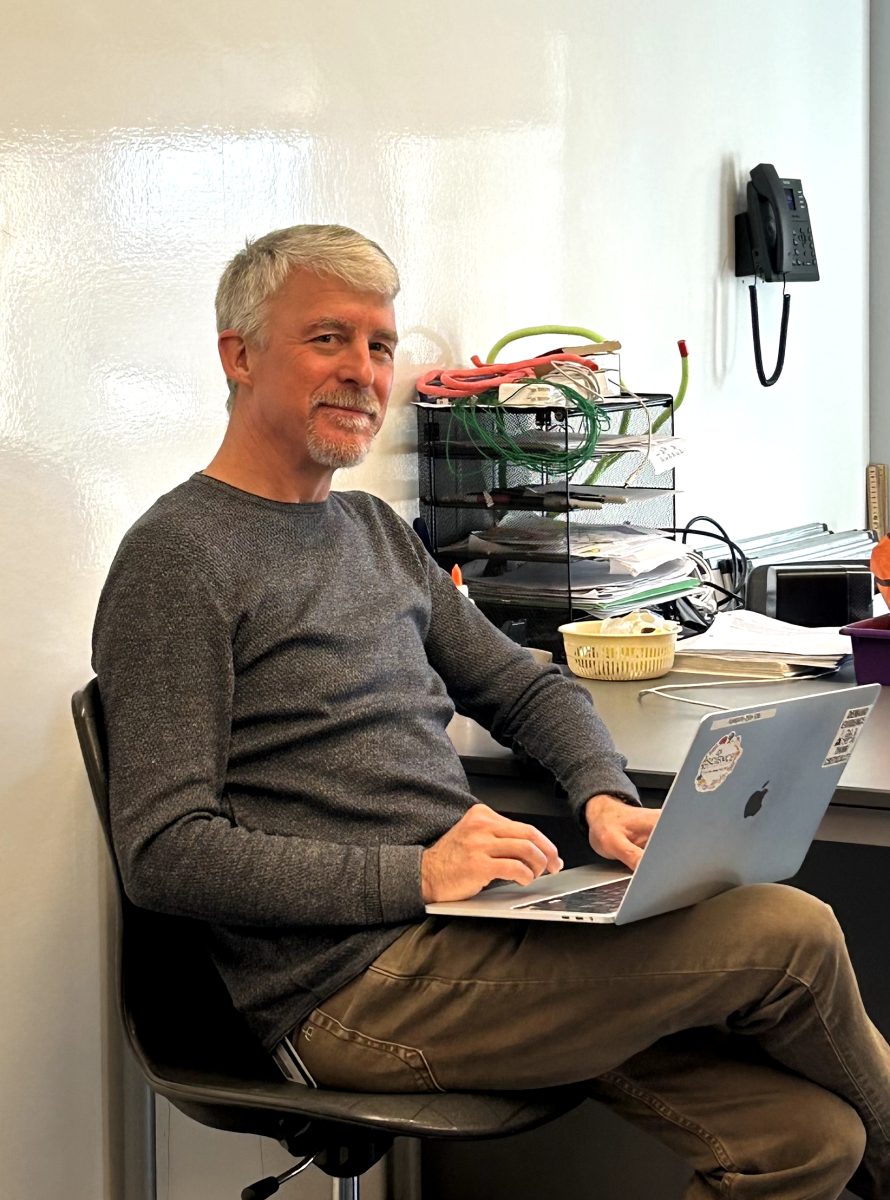

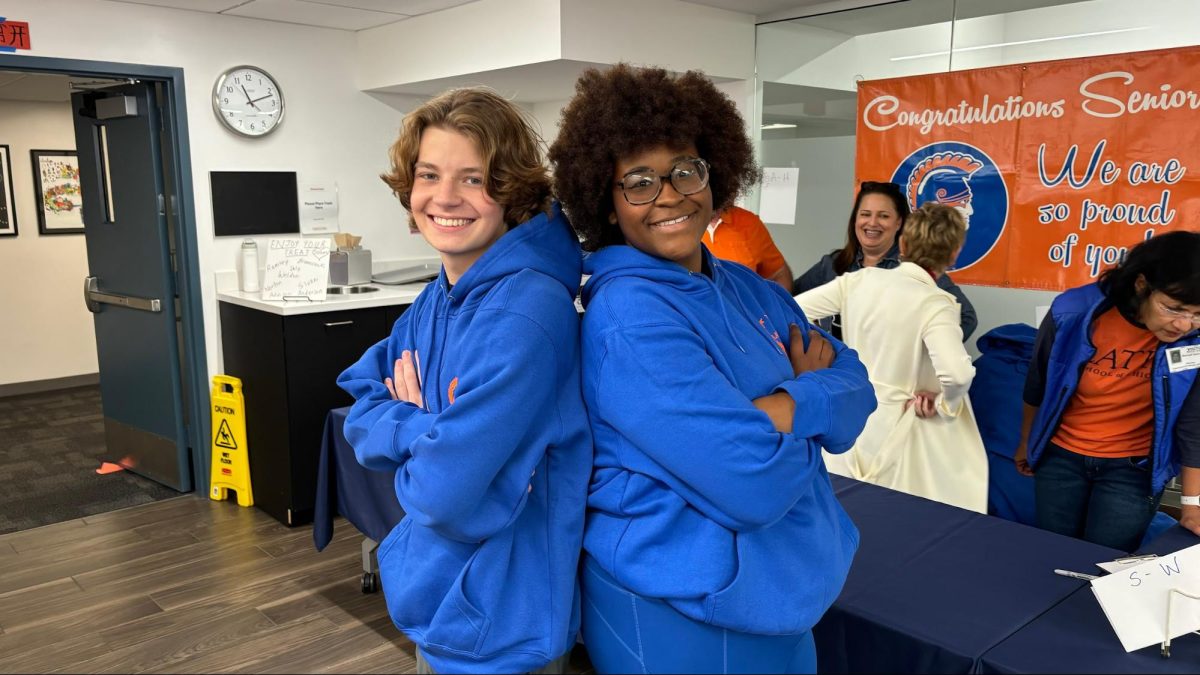

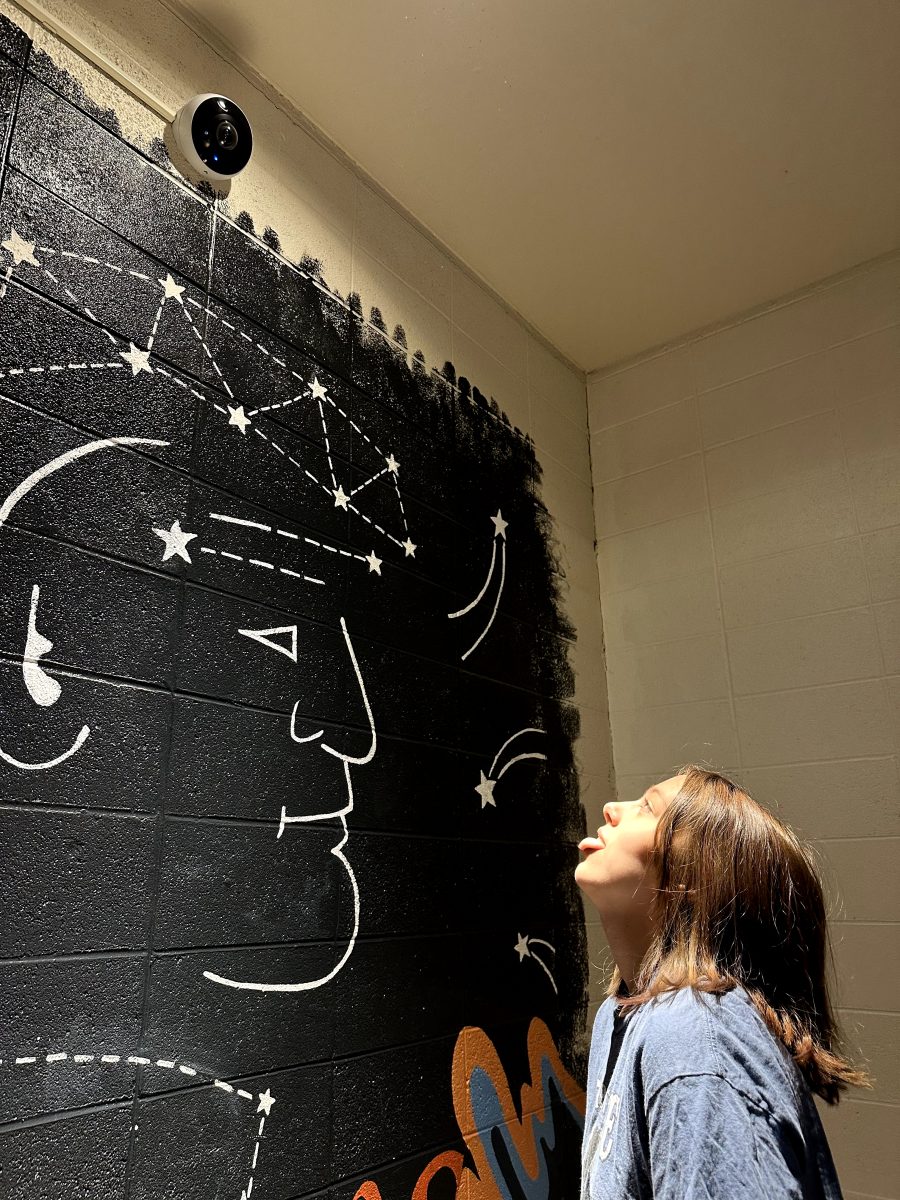



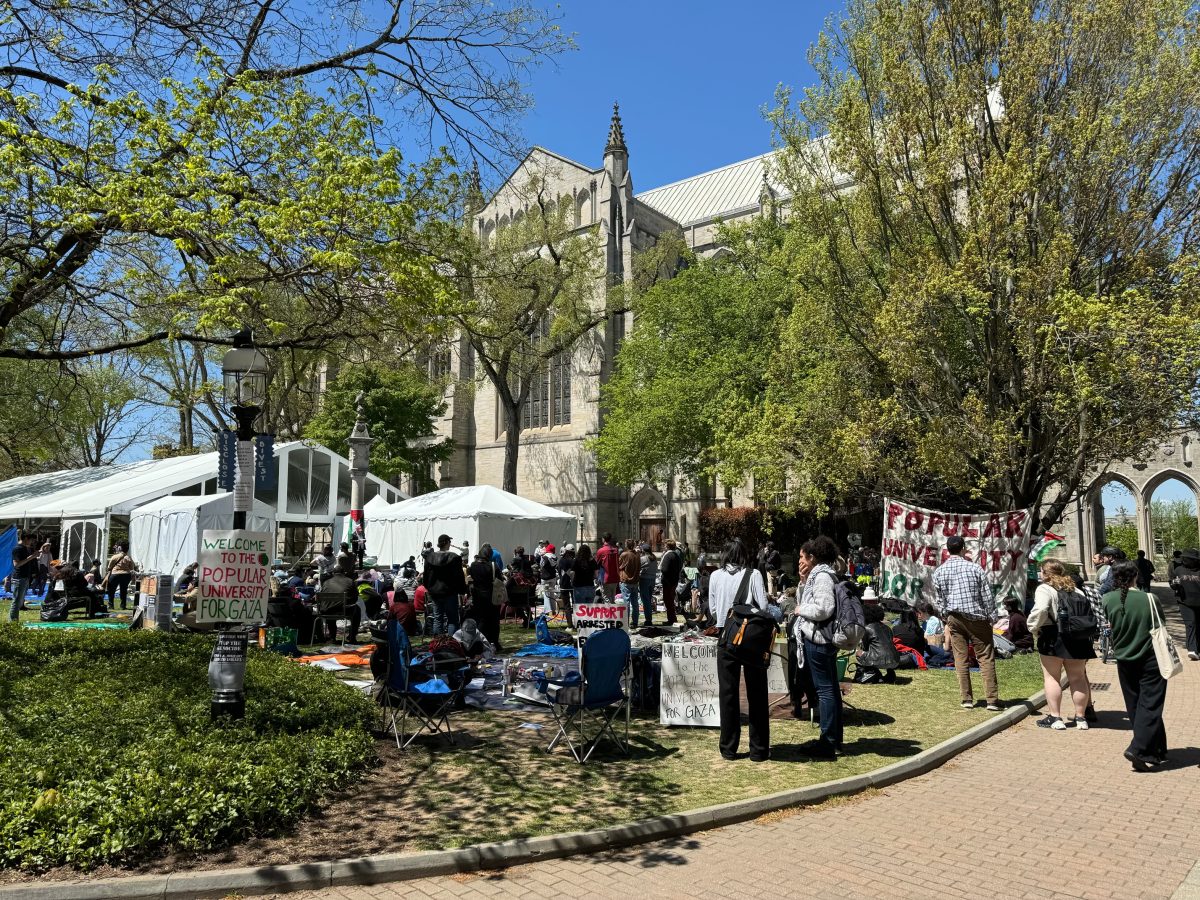











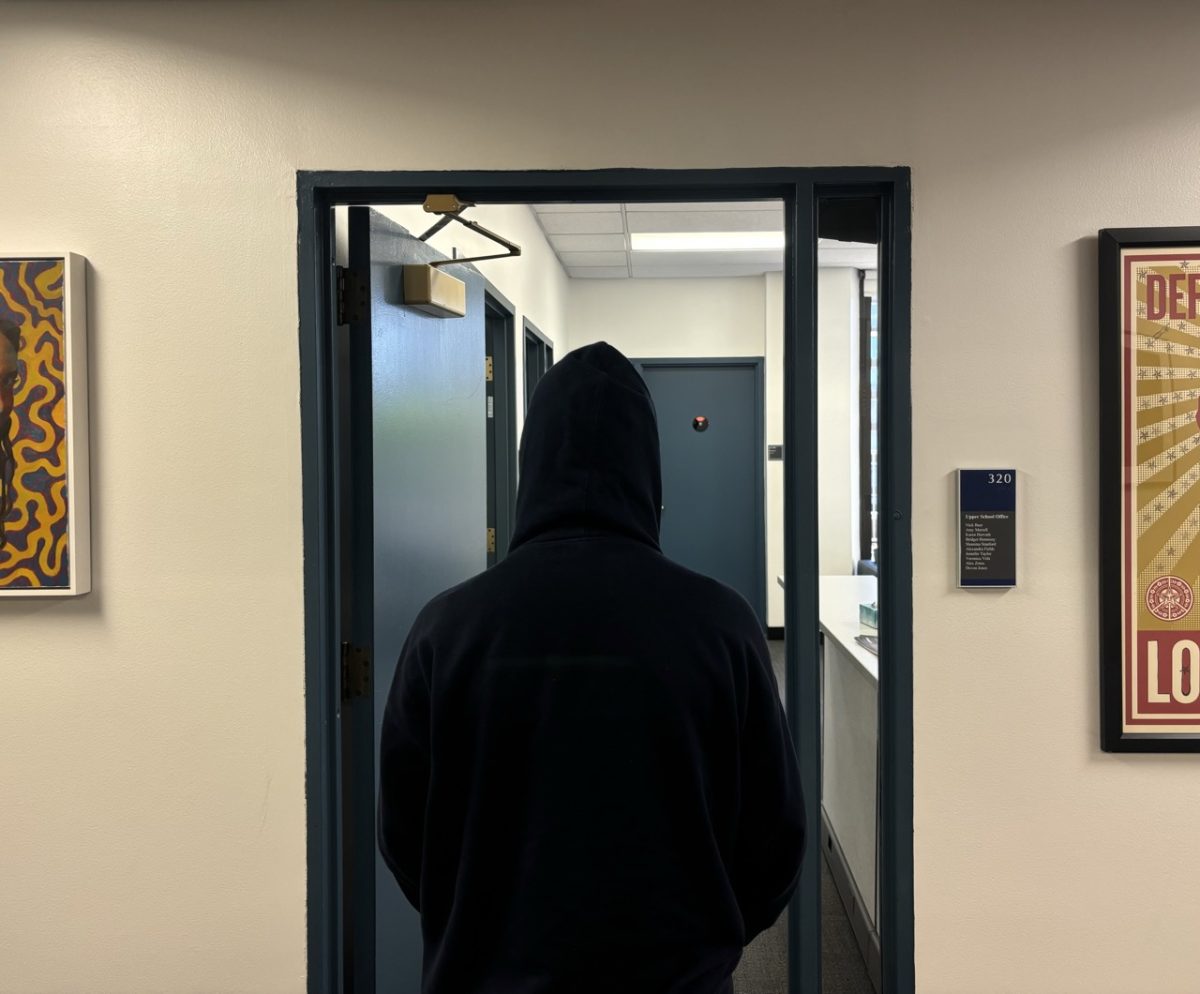

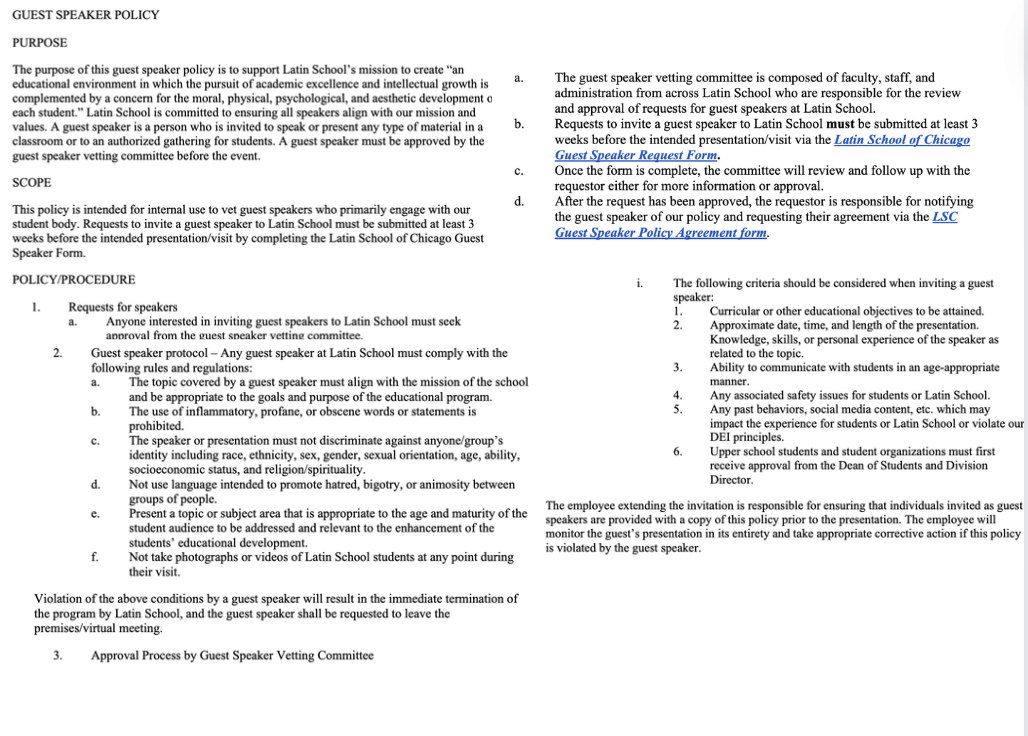
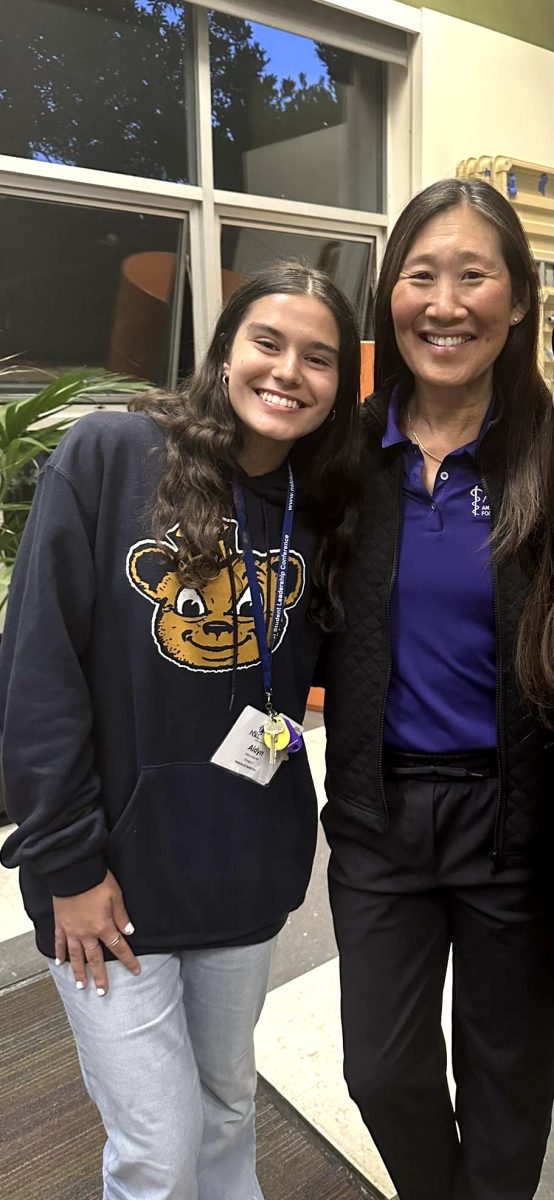



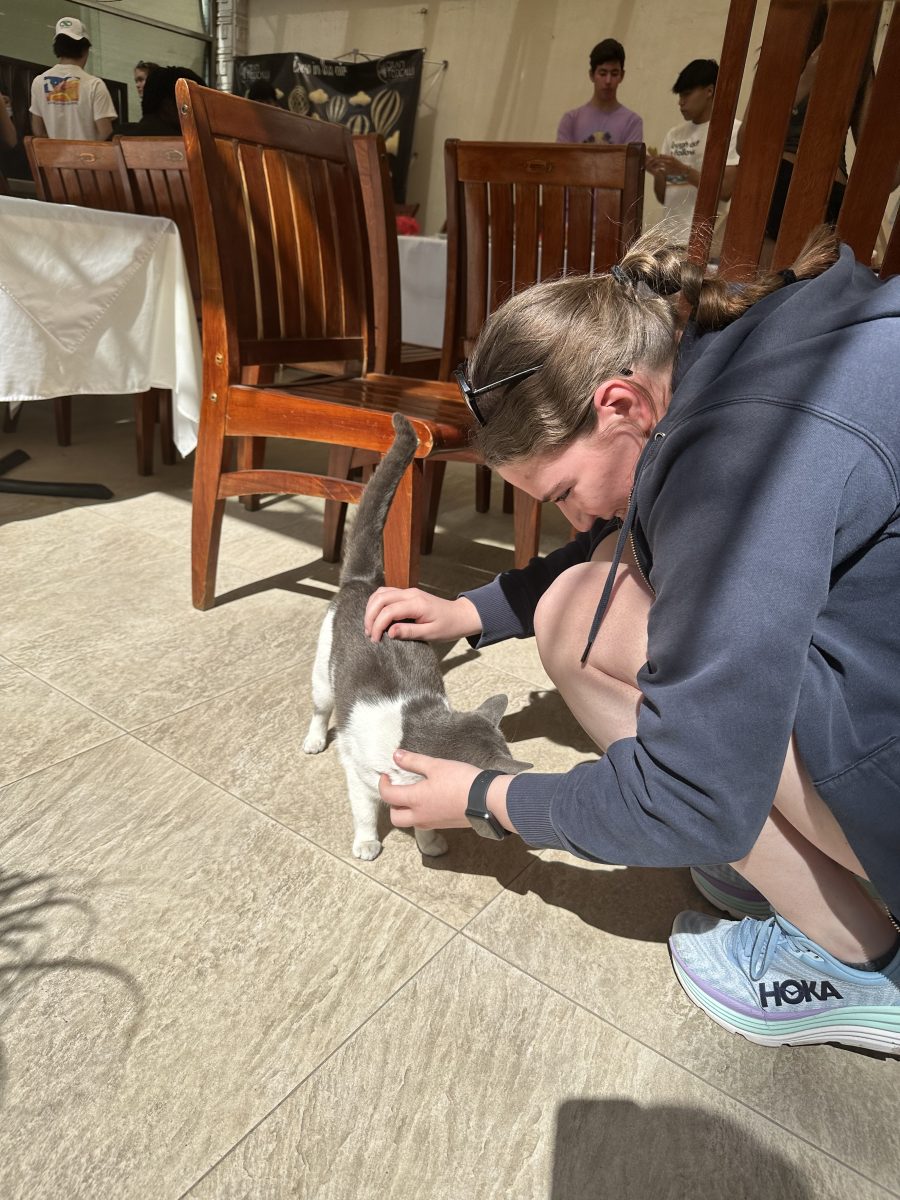







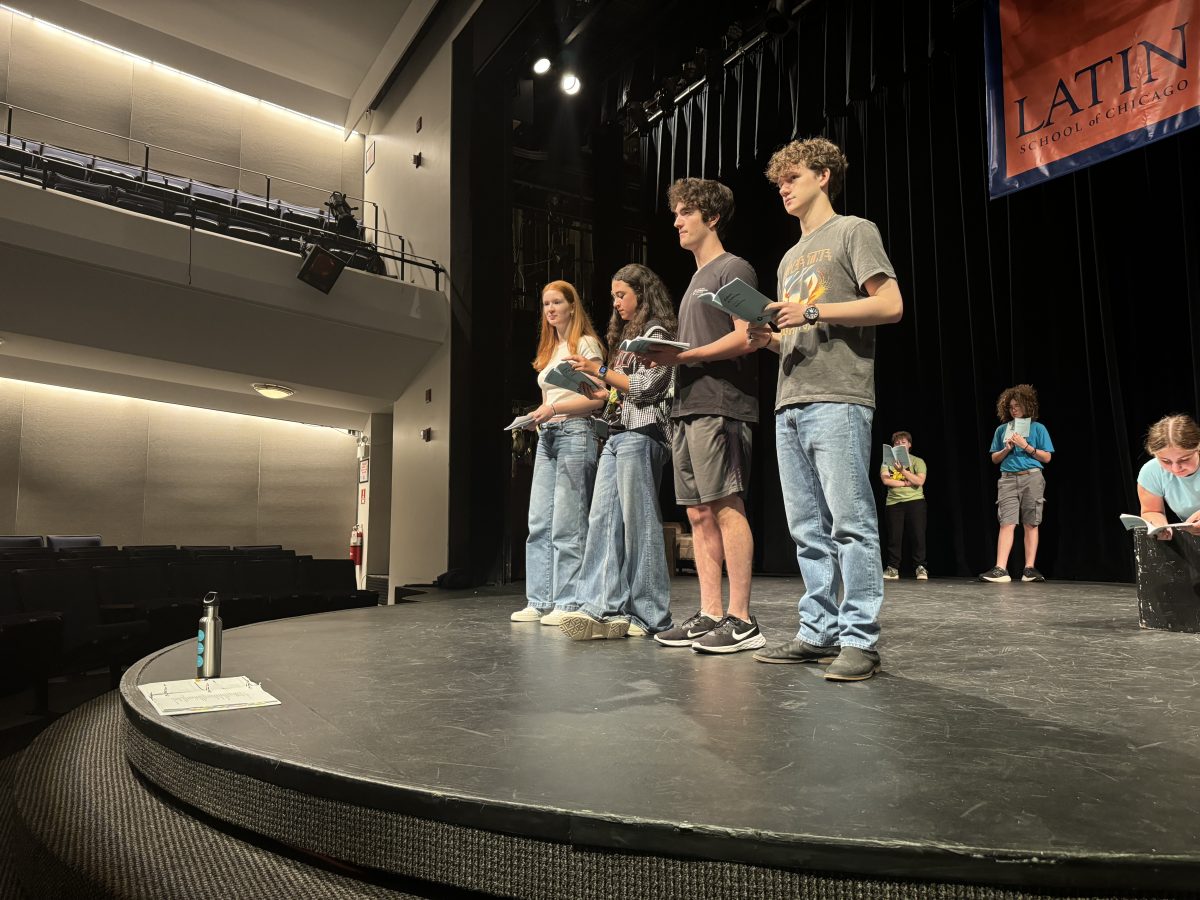


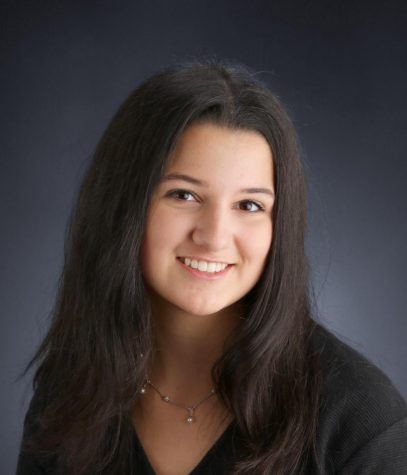

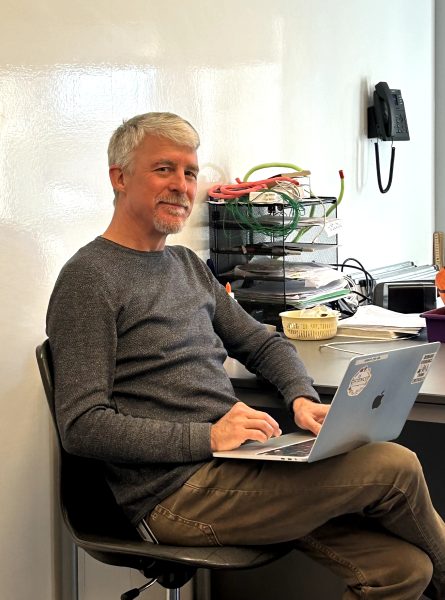




beaparr • Nov 17, 2019 at 11:37 pm
You did such a great job of addressing an issue that is often talked about without real numbers to back it up. It is so interesting to hear from all these different perfectives to get more of an insight on the logistical side of expanded enrollment. The topic is so tricky because it would be amazing if everyone who really wants to come to Latin could get to come, but at the same time, in order for Latin to remain such a great place, some of the smallness that comes from its selectivity has to remain intact. This article really got me thinking!
Robert Igbokwe • Nov 17, 2019 at 9:57 pm
Another exceptional article, Alice!! You answered so many questions I and other students have had about the school’s expansion. Even if the size of the Sophomore grade was an accident, I hope Latin can be a place that welcomes students from all around Chicago with open arms! 🙂 🙂
Paige Hosbein • Nov 17, 2019 at 9:20 pm
Amazing work of journalism, Alice. You always write beautifully!